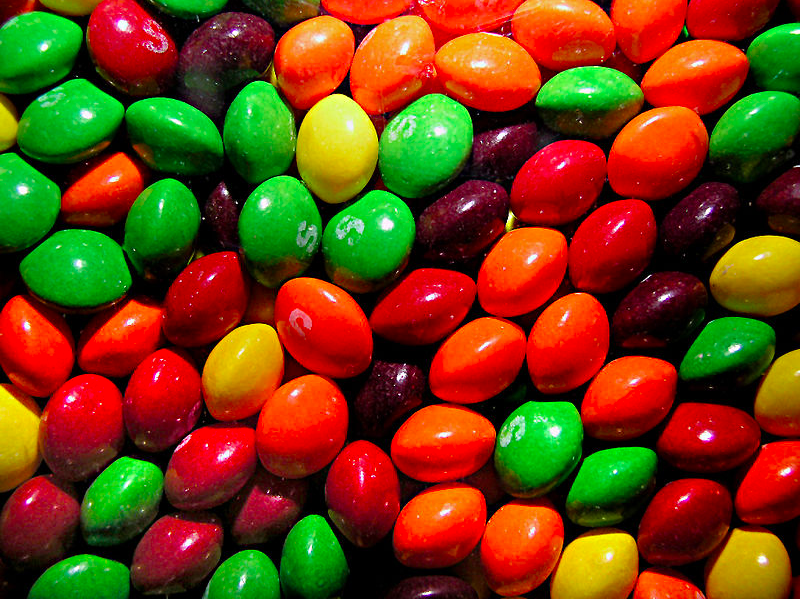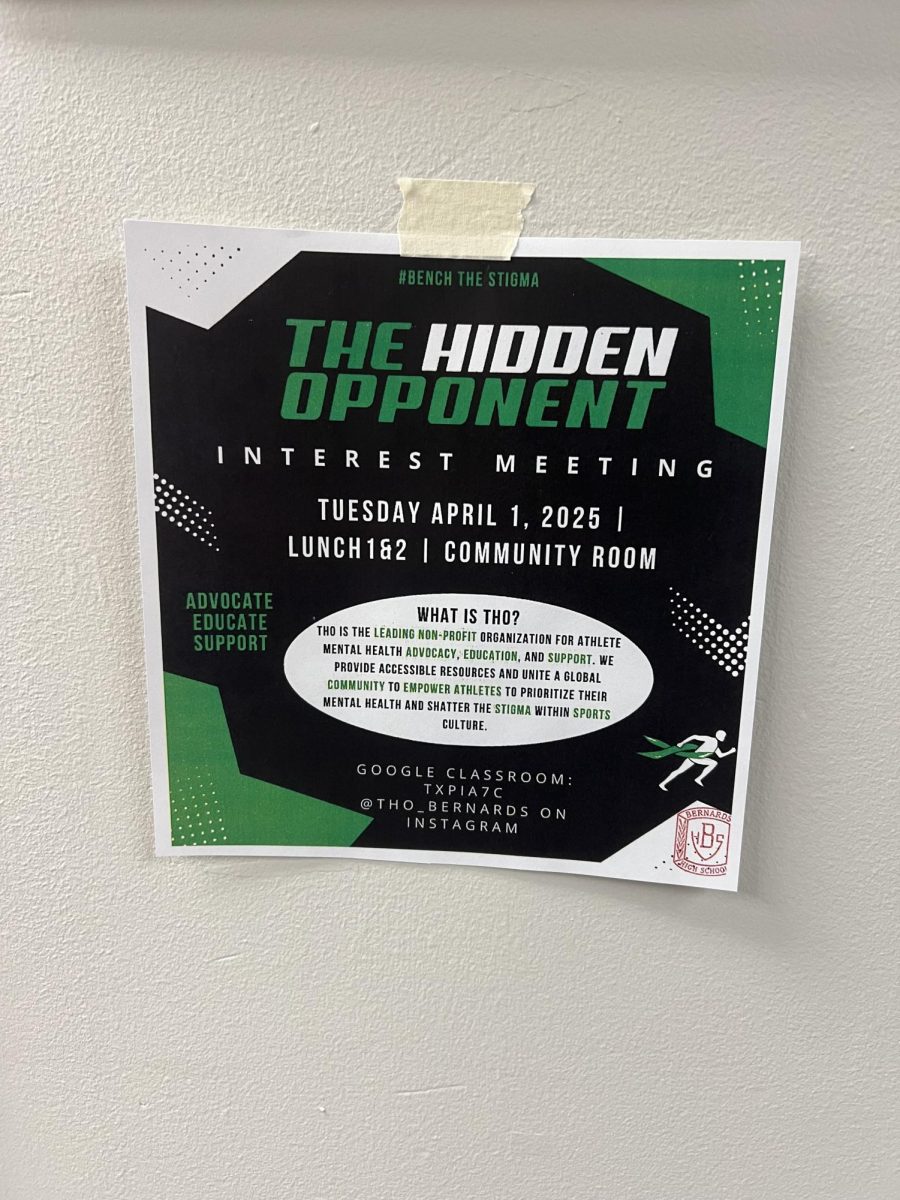If your favorite candy is skittles then you won’t be happy about the recent news. California lawmakers are deciding whether or not to discontinue the production and sale of Skittles due to links to cancer and organ damage.
Skittles and other candies contain red dye, No. 3, titanium dioxide, potassium bromate, brominated vegetable oil or propylparaben. Chemicals labeled extremely “dangerous” and are already banned in the European Union and other countries. The bill also would block companies from manufacturing food with additives in California whether or not the food would sale in the state. Susan Little, an employee at the Environment Working Group said “We know they are harmful and that children are likely eating more of these chemicals than adults. It makes no sense that the same products food manufacturers sell in California are sold in the EU but without these toxic chemicals.”
But, what is titanium dioxide? Titanium dioxide is a white food colorant offered in candies and processed foods to give a smooth texture. Titanium dioxide is mostly found in the U.S recipe for Skittles and many other candies that are in the market. Titanium dioxide is also associated with cancer development after inhalation exposures, and it may have effects on DNA and gastrointestinal system function.
Some of the bill’s supporters believe that federal regulations have overlooked scientific research linking the chemicals to ailments including cancer, neurological problems and behavioral issues in children. Much of the research around these chemicals showed potential health risks on animals, which scientists believe can apply to humans too. In 1990, the FDA banned the use of red dye No. 3 in cosmetics, but continues to permit it in thousands of food items. Potassium Bromate has been banned in the U.K., India, Brazil, Canada and across Europe, over fears that it could be carcinogenic. Although all of the chemicals proposed in the bill are FDA approved, some of them, like propylparaben and titanium dioxide, are restricted to make up 1% or less of the food item’s composition. Jesse Gabriel an assembly member behind the bill says,” This bill is about getting companies to change their recipes, they still sell Skittles in Europe. They just removed titanium dioxide, which is a very dangerous ingredient.”
The chemicals that would be banned by AB 418 have either never been independently evaluated, or were reviewed decades ago, by the Food and Drug Administration. The chemicals have been allowed to enter the country’s food supply by being labeled a “generally recognized as safe” chemical. That is the reason why many courtesies still process this deadly chemical. However, 2016, Mars Inc. promised to phase out titanium dioxide and said that artificial colors like TiO2 “pose no known risks to human health or safety.”
Around the actual time, the European Food Safety Authority said there was uncertainty about the characterization of the ingredient. But in May 2021, the EFSA concluded there was enough research to indicate that titanium dioxide was no longer safe when used as a food additive. However, other foods that would be affected by the ban include jelly beans, Trident sugar-free gum, and certain bread products across the United States.












Cheryl Mitchell • Apr 28, 2023 at 12:57 pm
Well written and quite informative. I appreciate the education.